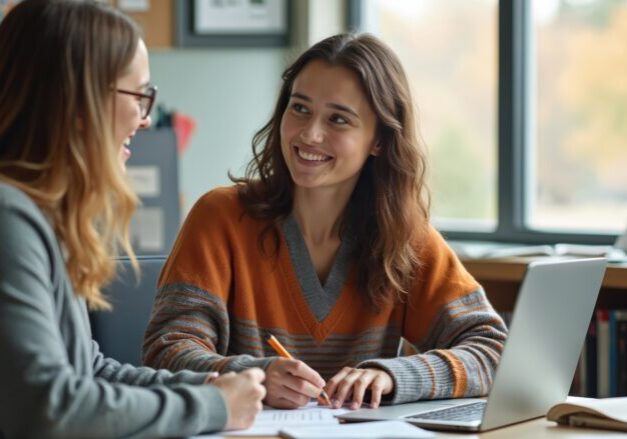The introduction of technology into schools represents a significant step towards progress. However, true advancement in academic programming requires more than simply introducing devices; it demands thoughtful integration and strategic implementation. The SAMR Model provides a valuable framework for educators to assess and elevate their use of technology in the classroom.
Developed by Dr. Ruben Puentedura, the SAMR Model is a tool that allows teachers to evaluate the depth of technology integration, mirroring the hierarchical structure of Bloom’s Taxonomy. Each level of the SAMR Model represents a progressively more technology-enriched learning experience, guiding educators to critically examine their practices and understand the transformative potential of technology.
The SAMR Model Explained:
- Transformation:
- Redefinition (R): Technology enables the creation of entirely new tasks, previously unimaginable without it.
- Modification (M): Technology facilitates significant redesigns of existing tasks, enhancing their scope and impact.
- Enhancement:
- Augmentation (A): Technology serves as a direct tool substitute, offering functional improvements over traditional methods.
- Substitution (S): Technology acts as a direct tool substitute, with no substantial functional change.
Many educators naturally operate within the lower levels of the SAMR Model (Substitution and Augmentation). While these levels offer certain benefits, progressing towards Modification and Redefinition unlocks richer, more engaging learning experiences for students.
A common challenge in schools is the inconsistency in technology integration among faculty. Even when individual teachers achieve higher levels of SAMR, a shared understanding and language around technology use may be absent.
Moving Beyond Substitution:
To guide teachers beyond the “S” in SAMR, schools should:
- Prioritize Curriculum: Technology integration should be driven by curriculum goals, not the other way around. Technology serves as a tool to achieve specific learning outcomes.
- Define Learning Objectives: Clearly identify learning objectives before considering technology integration.
- Focus on Enhancement and Transformation: Encourage teachers to ask: “How can technology elevate, differentiate, or enhance this lesson beyond traditional methods?”
- Foster Collaboration: Encourage departmental or team-based approaches to technology integration to promote consistency and shared best practices.
By adopting this strategic approach, schools can ensure that technology is used to create truly transformative learning experiences that empower students and enhance educational outcomes.


